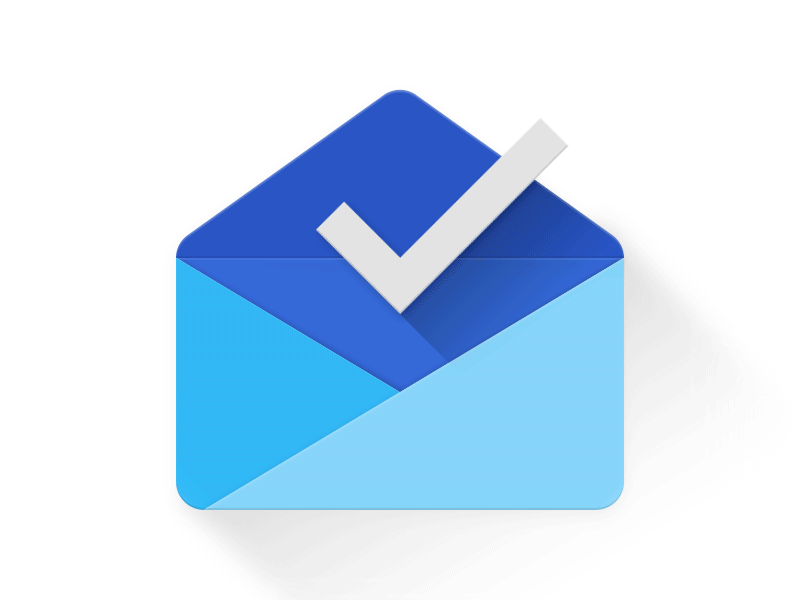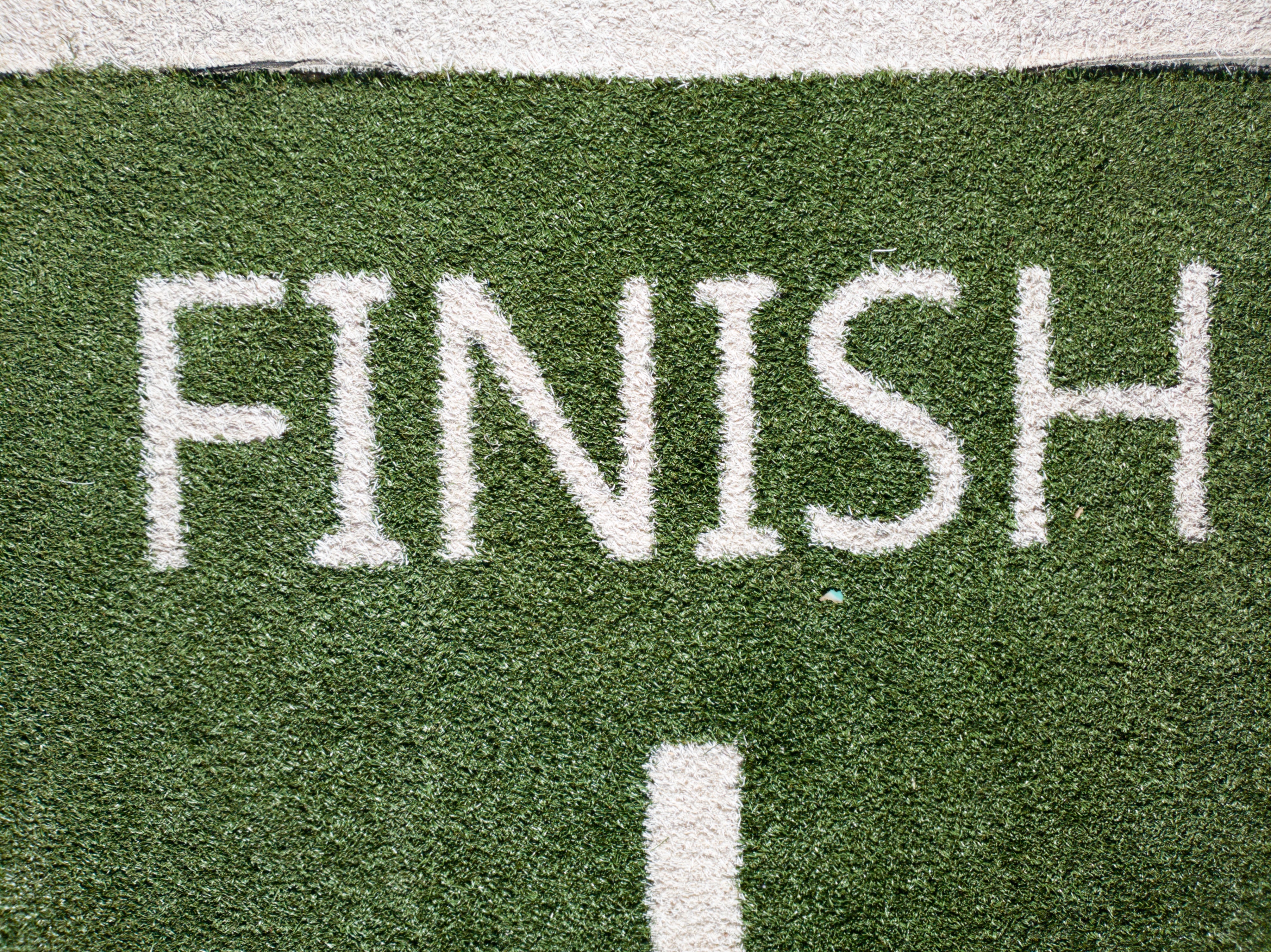How to craft targeted messaging with user segmentation

.png)

.png)
We’ve all heard it before. Segmenting users is important for messaging—but where exactly do you begin? And how do you know if you’ve picked meaningful characteristics for grouping?

Confidence in your segmentation strategy is critical today since customers expect personalization. Zendesk's 2020 Customer Experience Trends Report revealed that 76 percent of customers expect personalization based on data. To create valuable user segmentation techniques, marketers should consider grouping based on where customers are in their life cycle journey to drive customer loyalty and sales.
Not everyone is the same, and because of that, it's impossible to make everyone happy at once. Different users have different wants and needs, which is why you need to provide unique value to keep them engaged with your product. The flywheel model encourages companies to consider where users are in their experience to help determine the proper messaging strategy. Tailoring messages based on where customers are at in their user journey will generate higher user satisfaction and increased advocacy. First things first, let's break down those 4 segments.
Evaluators are looking for an answer to a problem and determining whether or not your product is the solution. If you receive data of a new user visiting your website for the first time, this is a sign that they’re in the evaluation stage. Think about it this way: If your product is a gym, evaluators are the ones browsing your website, reading reviews from members, and comparing it against competitors.
Beginners understand the value of your product, are confident that it will meet their needs, and are excited to explore it further! At this point, they may or may not have activated that gym membership. But if not, this would be the stage where they’d sign up for a free trial to explore its offerings more closely.
Regulars are avid users of your product, and because they are so comfortable with it, they don't require much regular support. In the gym example, regulars are the ones that have now developed a routine and dependency on your product. They're in the gym multiple days a week, know what classes are on what days, and which machines they like best.
Champions are major advocates of your product and are so committed to it that they want to feel like a partner or a friend to your business. These are the people who wear the gym's logo on their T-shirts, sign up for special events, and convince all their friends and family to join that gym.
Nobody wants to be told what to do—and even worse, how to do something they already know how to do. How familiar a person is with your product is worth considering to help determine what messages they might find helpful. To provide the most value to your customers, you should segment "how-to-use" and re-engagement messages based on where a user is in their customer journey.
The features you choose to promote to customers should correspond to where they are in their user journey. For example, because evaluators have just started exploring your product, they're not going to be interested in learning about all of the intricate details. What they want is a simple understanding. Keep evaluators engaged with messaging that educates them about the product's core features, such as a product tour or welcome page.
Beginners are searching for that aha moment that convinces them to pull the trigger and commit to your product. Send users in this stage in-product messaging, such as an action-oriented slideout, to nudge users who have, in a sense, "left your product unread."

It's not that beginners don't believe there's value—they just might not know it exists at this point in their journey. Slideouts or checklists can help users get started and discover features they otherwise wouldn't.
Unlike evaluators and beginners, regulars don't need much help when learning how to use your product. They're pretty much regulars (hence, the name) at this point and are only interested in exploring its deepest layers. Share information with regulars about new features, premium subscriptions, and upgrades to inspire an upsell. It's important that you don't overwhelm regulars with these messages, but a feature announcement modal or a special discount on a product should do the trick.
Champions are your power users, and therefore are only interested in features at the highest level. You can engage champions by providing them with advanced guidance, first dibs on beta features, or an exclusive giveaway or swag offering for only the most established users.
Reminders and prompts are critical tools for marketers looking to re-engage users with their brand or product. But, as we know by now, different users have different intentions, and how you follow up should look different for each group.
If you’ve got an evaluator that's abandoned your site, now is not the time to be pushy (aka, "Hey! I noticed you abandoned me, please come back and sign up!"). Instead, think about how you can help them, without asking for anything in return. For example, provide evaluators a valuable, non-product-related resource, such as a white paper or industry study, to build trust in your brand.
On the other hand, beginners may need that little nudge to get things moving. Assuming that they've started their free trial, try sending beginners reminders throughout their onboarding process about where they left off to guide them toward completion.

We know that regulars are only interested in what's new and shiny and don't want anything interfering with their daily use. One idea for re-engaging with a regular is to integrate a prompt about a referral program within the login screen. This way, you can deliver messaging in a way that doesn't interfere with the user's experience, but is still potentially attention-grabbing.
Last but not least, your most reliable grouping: champions. These are the product experts that are more than willing to advocate for you. Try sending champions prompts to leave a product review, complete a survey, or collaborate on a case study. They're the most likely to participate, so don't feel bad about sending them a few reminders.
Now that you know what your messages are, you may want to consider how to present them. Expect to deliver messages to different audiences through different routes, such as ads, webinars, banners, emails, in-product messaging, etc. Again, what stage a user is at in the life cycle journey can help you determine the best way to present the message.
For example, the best way to reach evaluators could be through social media ads that direct them to a landing page with a downloadable ebook, if they submit their email. This give-and-take works ideally for users who have not yet committed. You're providing them value, and they're providing you valuable data to continue your outreach.
When it comes to beginners, you’ll want to find the best onboarding pattern to optimize new user activation and time-to-value, whether you direct attention to specific features or have a dedicated tutorial. Beginners are the ones that need the most help, so this is the stage where it's okay to nurture and provide a little more messaging than usual. Just be sure that the tutorials are simple enough not to overwhelm or confuse the user in the onboarding process.

Because regulars have integrated your product into their everyday workflow, your best bet is to reach them directly while using your product. First, try targeting them with tooltips, banners, notifications, or slideouts. Next, analyze their user data to determine if they are primarily an in-app or website user, and create your user segments optimized for that platform.
Knowing that champions are actively participating in the future of your product, they are most likely avid readers of your emails/newsletters. So, through email, provide something special to your champions, such as a free month's subscription or limited-edition swag, to thank them for being loyal customers.
How you choose to reach your users is entirely up to you. Just be sure to think about how they are (or aren't) using your product to determine the most effective medium.
Now that you've successfully crafted personalized messages for each of your users, you're going to see exponential growth with that same strategy forever, right? Ha! We wish.
The biggest mistake marketers can make is seeing success with a strategy, taking that as "good enough," and then abandoning it. Testing different types of messaging and analyzing the data is a great way to tell what version is working the best for each group. When conducting user segmentation analysis, avoid trying multiple strategies at once. It gets confusing, and it can be ineffective and skew data. Instead, start simple and use A/B testing to determine what messages turn higher conversions.
Strategies won't stay the same forever, but analyzing your data can help you create the perfect approach to re-strategizing every now and then.